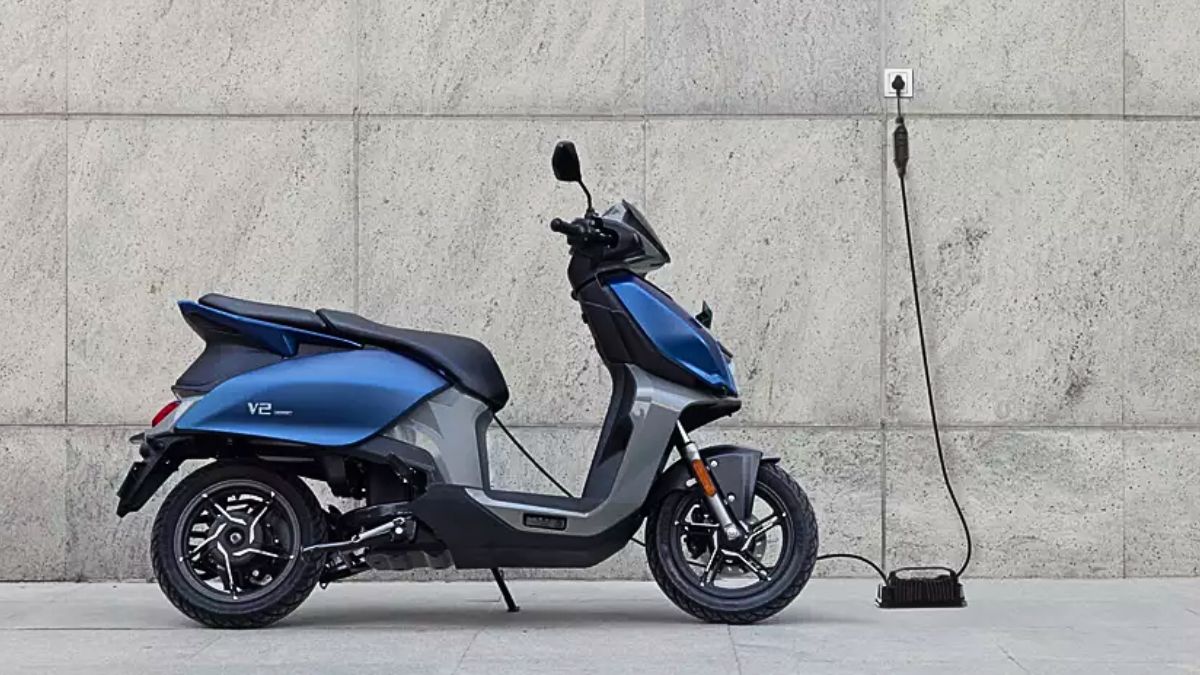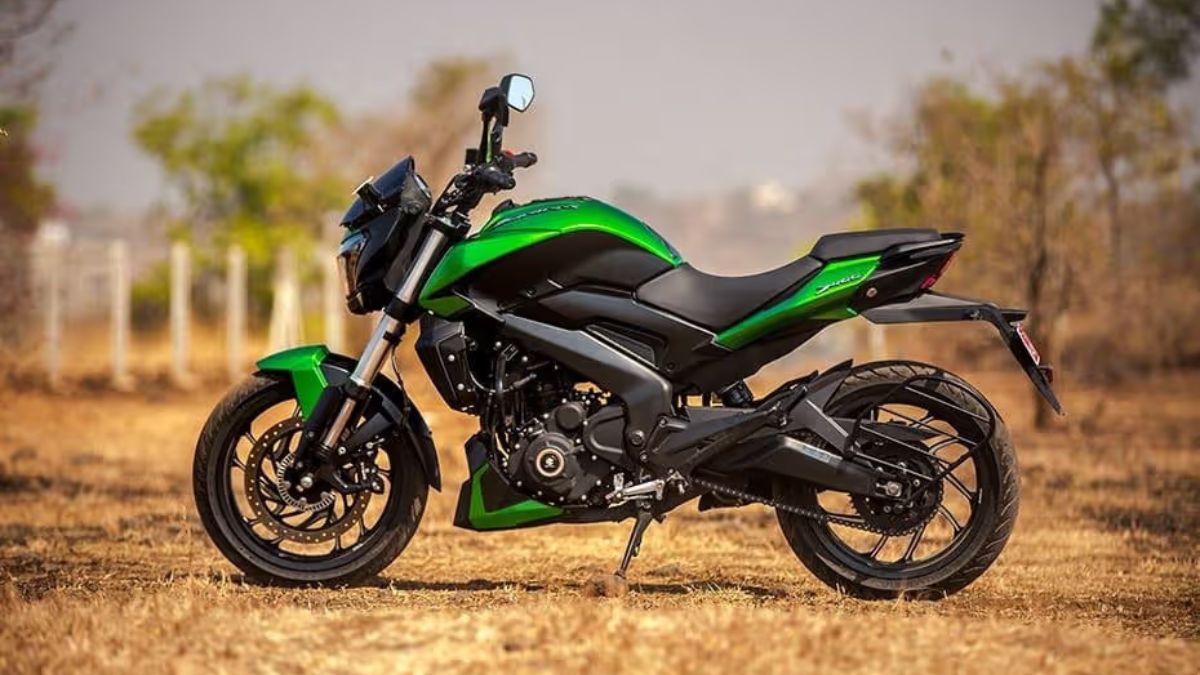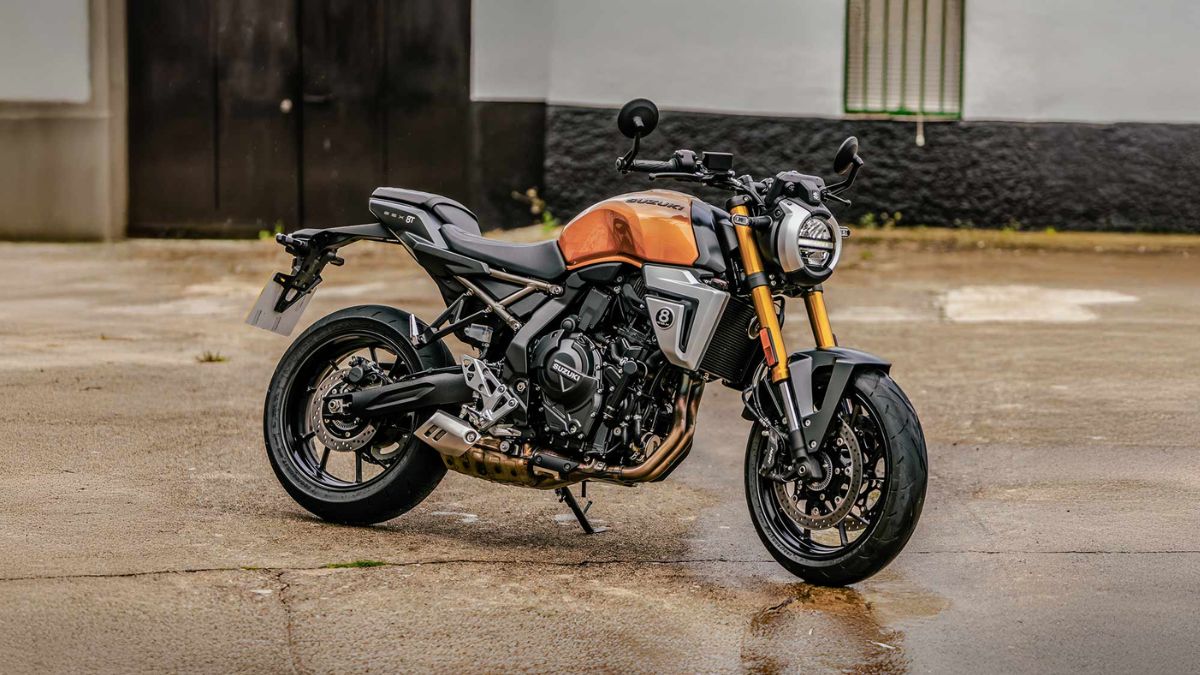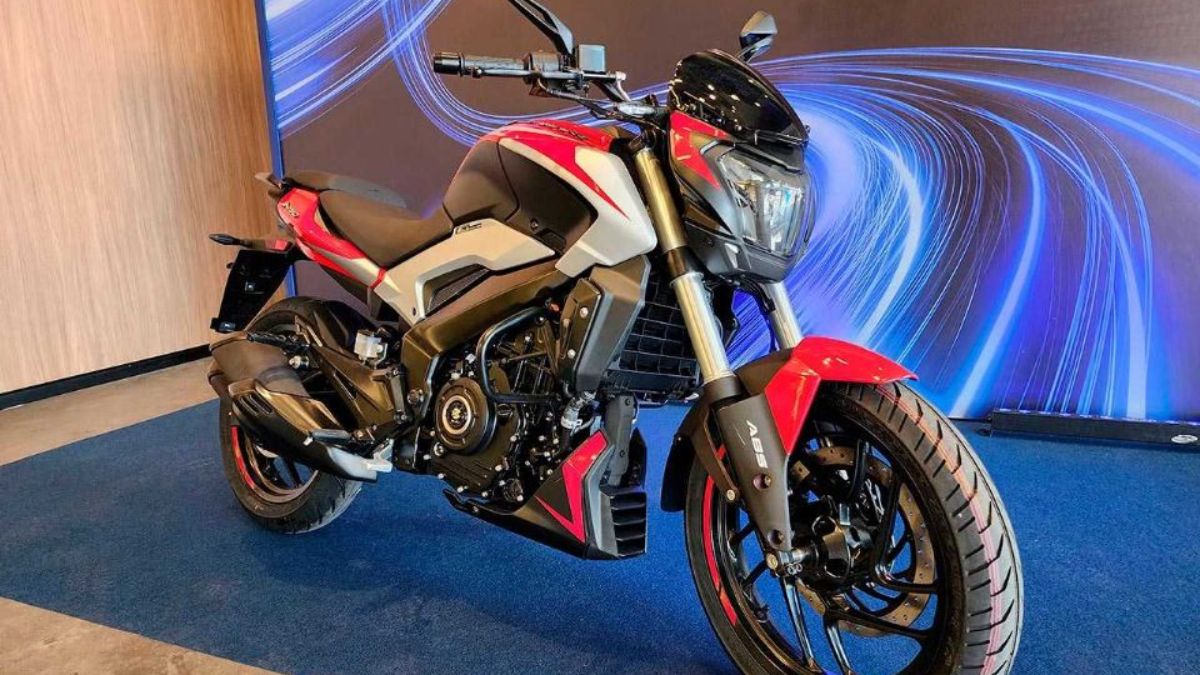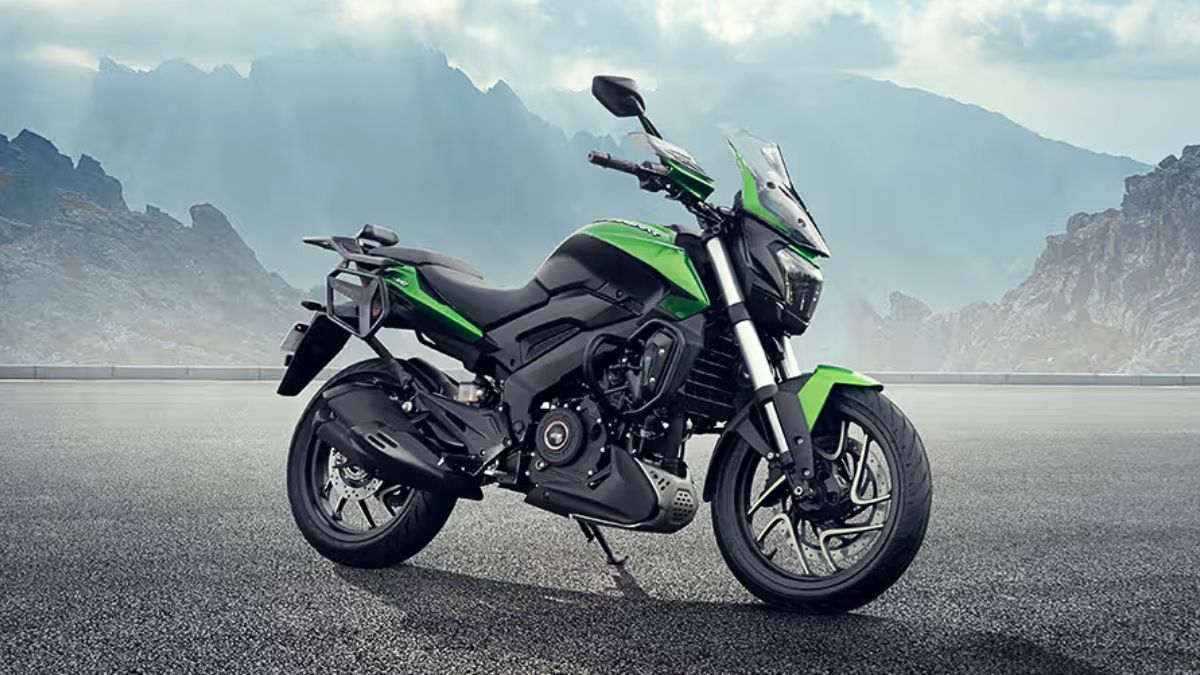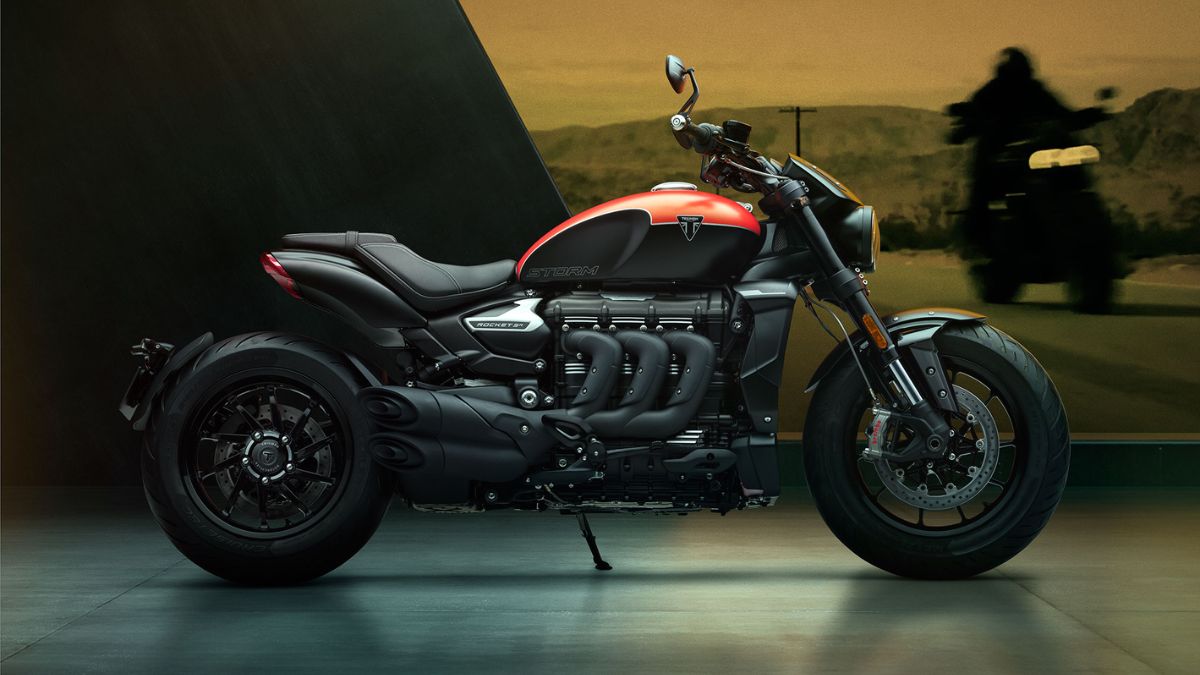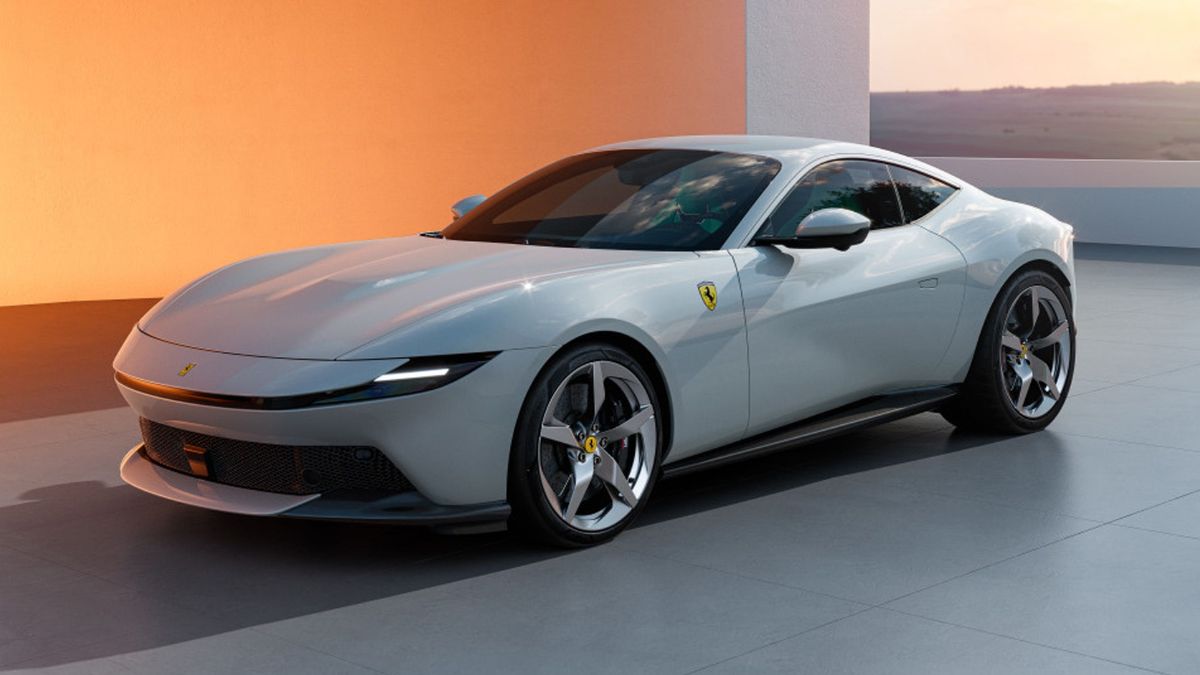Hero MotoCorp’s electric mobility arm, Vida, is preparing to shake up the entry-level EV segment in India with its upcoming scooter—the Vida VX2. Slated to launch on July 1, the VX2 appears to be a more affordable version of the existing Vida range and is being positioned as a value-focused alternative for everyday urban commuters.
Budget
One of the key reveals from the teaser campaign is the use of drum brakes at both ends, confirming that the VX2 will not feature a front disc brake. This is an unusual move for a product teaser, which usually highlights top-spec versions. The inclusion of drum brakes hints at Hero’s clear focus on price competitiveness.
By keeping the hardware simple, Vida is aiming to bring EV tech to a wider audience without pushing the price beyond the reach of budget-conscious riders. This makes it a direct rival to the base versions of the Bajaj Chetak 3001 and the TVS iQube.
Platform
The VX2 is expected to be based on the brand’s modular V2 platform, which underpins the current Vida Z EV. This means it will likely share several core components, but with cost-saving changes to make it more accessible.
Visual cues and spy shots suggest a more toned-down design, making it appealing to a wider mass-market audience. It also appears to come with a physical key and a simpler, possibly non-touchscreen instrument cluster. These decisions all point toward reducing manufacturing costs while keeping the scooter practical and reliable.
Features
While full feature details haven’t been revealed, the VX2 is expected to pack fewer bells and whistles compared to its more premium siblings. Features like connected tech, ride modes, or fast charging may either be offered in limited form or excluded altogether.
One of the most notable shifts is the potential reduction in battery capacity. A smaller battery means lower cost and reduced range, but for urban commuting, that trade-off could work in the VX2’s favor. It would keep the scooter light, nimble, and perfect for short-distance use.
Subscription
The VX2 will also adopt Vida’s Battery-as-a-Service (BaaS) model, where customers can subscribe to a battery plan instead of owning it outright. This reduces the upfront cost significantly, making the scooter even more appealing to first-time EV buyers.
BaaS also offers flexibility for users concerned about long-term battery health, as Hero takes on the responsibility of maintenance and replacement.
Competition
Once launched, the Vida VX2 will compete with entry-level versions of other popular electric scooters in India. The Bajaj Chetak 3001 and TVS iQube are the closest competitors, both offering a balanced mix of performance and affordability. However, if Hero prices the VX2 aggressively—as expected—it could undercut both and capture a sizable share of cost-sensitive buyers.
With urban mobility demands increasing and EV awareness growing, the VX2 seems well-timed. It may not boast high-end specs or flashy tech, but it could be just what many Indian riders are looking for: simple, smart, and affordable electric mobility.
FAQs
When will the Vida VX2 be launched?
The VX2 will launch in India on July 1.
Does the VX2 have disc brakes?
No, it uses drum brakes at both ends.
Is the VX2 based on an existing model?
Yes, it is expected to be a rebadged Vida Z EV.
Will the VX2 have a touchscreen display?
No, it will likely have simplified instrumentation.
What pricing model will VX2 use?
It will follow a Battery-as-a-Service subscription model.
